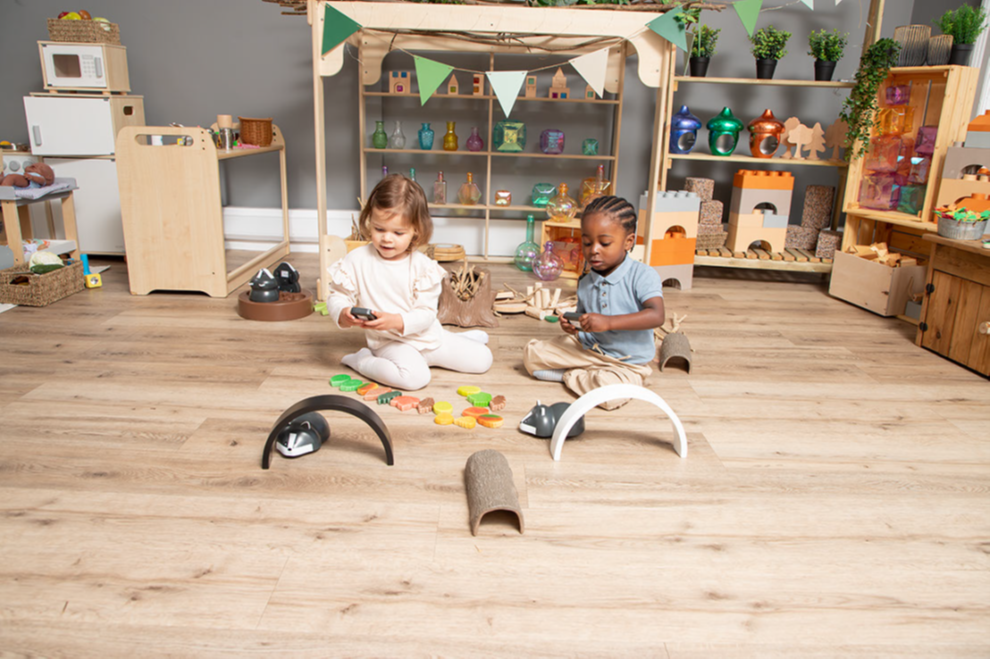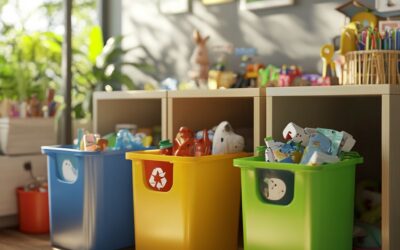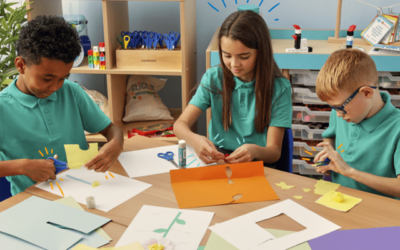Ask the Expert: NEW Remote Control Animals
The new remote control woodland animal range has been specially created to introduce the littlest of learners to the fascinating world of coding. We caught up with Hope new product developer, Becky Franklin, to find out more about the range.
What inspired the development of the remote control range?
It’s important to introduce children to coding and technology resources from an early age to get them comfortable with the resources they will be using throughout their education. The Woodland Remote Control Animals fill the gap of introducing coding to young children at EYFS level in a fun and interactive way, through the cause and effect of pressing the buttons, before they progress to more advanced coding robots in KS1 such as EaRL. Enabling children to start to learn coding at a young age equips them for a technological future.
What unique benefits does the range offer?

My favourite feature of this product range is the cohesive design, every piece within the range seamlessly integrates with one another, creating a visually inviting product for use within EYFS settings. The curated colour palette, theme and product shape not only creates a flow of design within the range but also promotes a sense of familiarity and coherence for the child as they progress through the range.
By incorporating elements such as colours reminiscent of the outdoors and adorable animals, the products effectively bring the wonders of nature into the classroom. This connection to the natural world not only fosters a sense of curiosity and wonder in young minds but also encourages environmental awareness and appreciation from an early age.
What are the key features of the range?
- A standout feature of this product range is its ability to evolve alongside the child’s development. With products increasing in complexity as skills advance, the range provides a seamless progression for learners. 1 button Moxy the Mouse, 2 button Bo the Badger, and 4 button Fifi the Fox each increase in complexity before children go on to use EaRl at school. This adaptability ensures that children are continuously challenged and engaged, fostering a sense of achievement and confidence as they navigate through different levels of difficulty.
- The cars teach cause and effect which builds a foundation of early coding skills, and directional language for maths. They do this through play-based learning, promoting play, communication and socialising with friends.
- The woodland theme and natural colours link to the world around us and local natural habitats.
- Effortlessly rechargeable with the included docking station which houses 4 animals and 4 remotes and also offers easy storage.
- Sold as sets of 4 of the same animals plus docking station, making it the ideal resource to have one set in each room.
Related blogs
What Goes In, Must Go Out
Creating a Circular Economy in Your Nursery Author: Nick Corlett Sustainability Manager at LEYF Sustainability is more than a trend—it’s a shared responsibility, and the nursery is the perfect place to nurture these skills. Every day...
Top tips to create a SEND-Friendly Primary School Classroom
Author Lindsay Robinson Lindsay Robinson has been a primary school teacher for 23 years and is passionate about achieving the very best outcomes for children through quality first teaching and experiences. I remember receiving very little guidance during my teacher...
Celebrating being part of a Global Community
Author: Alice Sharp As a young teacher I can remember how much time and effort went into looking at the SHAP Calender. This is a calendar of festivals around the world. We had to try and ensure we celebrated anything relevant but also introduce other festivals from...


